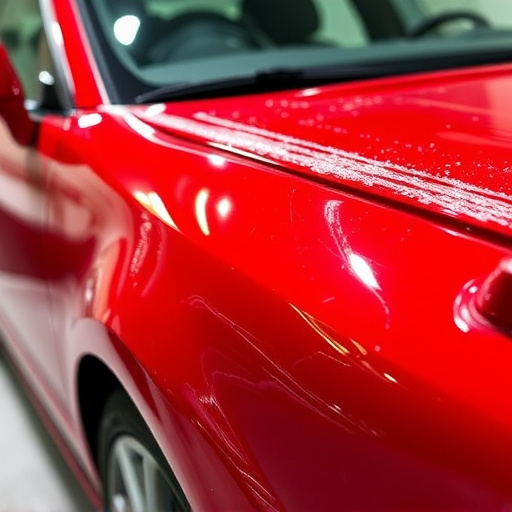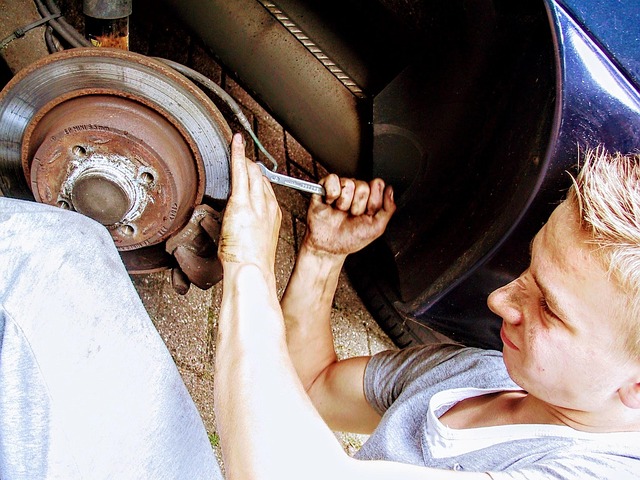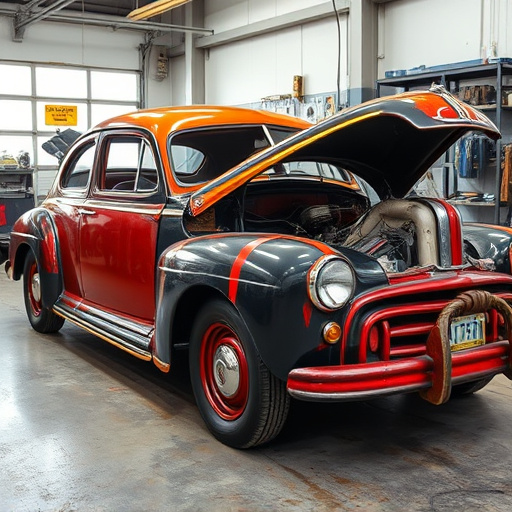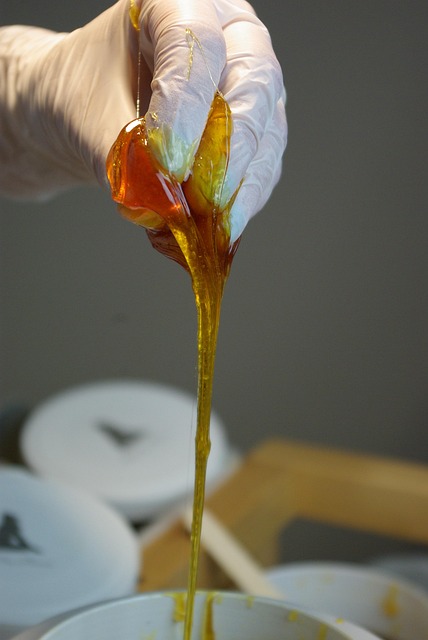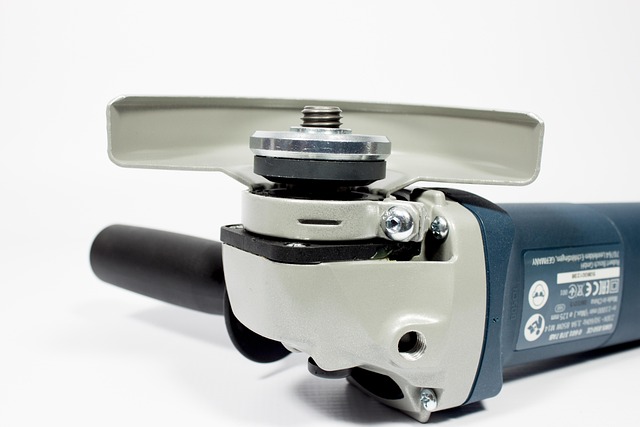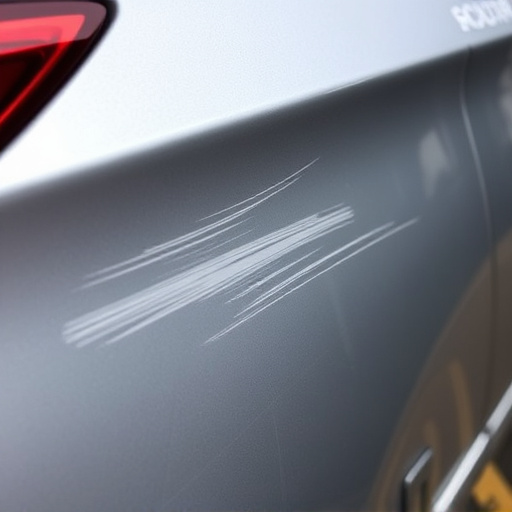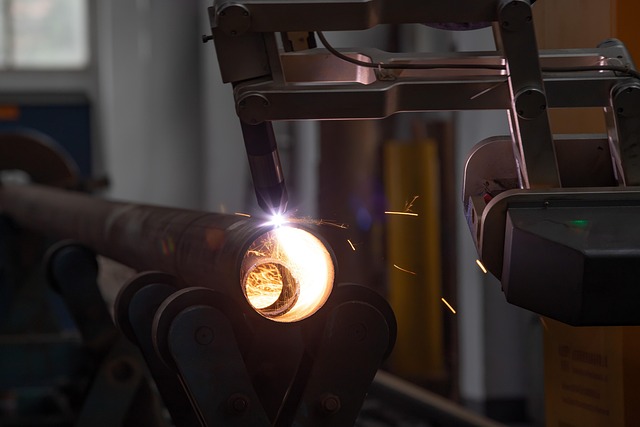Comprehensive vehicle body repair coverage in auto insurance protects against various incidents causing exterior damage, from minor dents to severe crashes. Understanding this coverage helps drivers make informed decisions, manage costs, and streamline repairs with reputable shops, ensuring efficient and cost-effective vehicle body repair. Strategic planning, including reviewing policy details, choosing a reputable shop, and preventive maintenance, can further reduce out-of-pocket expenses.
In today’s world, understanding your insurance coverage options for vehicle body repair services is crucial. Whether facing collision damage or needing comprehensive repairs, knowing what your policy covers can significantly impact your out-of-pocket expenses. This article delves into three key areas:
1. Understanding Comprehensive Vehicle Body Repair Coverage
2. Collision Damage: What Your Insurance Policy Covers
3. Out-of-Pocket Expenses: Minimizing Costs for Body Repairs
By exploring these sections, you’ll gain valuable insights to navigate the process of vehicle body repair with confidence and ease.
- Understanding Comprehensive Vehicle Body Repair Coverage
- Collision Damage: What Your Insurance Policy Covers
- Out-of-Pocket Expenses: Minimizing Costs for Body Repairs
Understanding Comprehensive Vehicle Body Repair Coverage

Comprehensive vehicle body repair coverage is a crucial aspect of any auto insurance policy, offering protection against unforeseen events that can cause significant damage to your car’s exterior. This type of coverage goes beyond the typical repairs covered by collision insurance, addressing various incidents that may leave your vehicle in need of specialized care. From minor dents and scratches to more severe crashes, comprehensive vehicle body repair ensures that these issues are addressed efficiently, maintaining the aesthetics and overall integrity of your car.
When you’re faced with collision damage or other unexpected challenges, a car body shop equipped to handle comprehensive repairs is essential. These facilities specialize in various techniques, including panel replacement, paint matching, and structural restoration, to restore your vehicle to its pre-incident condition. Understanding the scope of your insurance policy’s comprehensive vehicle body repair coverage will empower you to make informed decisions regarding your auto maintenance and ensure a seamless experience when navigating car collision repair or other similar repairs.
Collision Damage: What Your Insurance Policy Covers

When it comes to collision damage on your vehicle, understanding what your insurance policy covers is crucial for ensuring effective and efficient vehicle body repair. Most auto insurance policies include coverage for collision-related incidents, which can help offset the costs of repairs, including parts replacement and labor. This coverage is particularly relevant when your car encounters obstacles like other vehicles, animals, or even road debris, leading to visible dents, scratches, or more severe structural damage.
The extent of collision damage repair coverage varies across policies, so it’s essential to review yours. Typically, this includes repairs to the vehicle’s body panels, frame, and mechanical components directly affected by the collision. However, comprehensive insurance plans may have different terms and conditions. Knowing what your policy covers can streamline the process when seeking services from a reputable auto collision center or vehicle repair shop, ensuring you receive the necessary care for your car without unexpected financial burdens.
Out-of-Pocket Expenses: Minimizing Costs for Body Repairs

Out-of-pocket expenses can be a significant consideration when it comes to vehicle body repair. Many insurance policies offer comprehensive coverage for such damages, but understanding your out-of-pocket costs is essential before initiating any repairs. This includes deductibles and co-insurance amounts, which represent the portion of the repair bill you’re responsible for paying. By reviewing your policy details carefully, you can minimize these costs.
One effective strategy to reduce out-of-pocket expenses for vehicle body repair is to choose a reputable auto body shop that offers quality services at competitive prices. Additionally, prioritizing preventive maintenance—such as regular washing and inspecting your vehicle for minor dents or scratches early on—can help avoid more extensive and costly repairs in the future. Moreover, considering add-on tire services or car dent repair packages can offer additional savings by bundling these common needs.
When it comes to ensuring your vehicle’s protection, understanding the various insurance coverage options for vehicle body repair services is essential. Comprehensive and collision coverages play a crucial role in safeguarding you from unexpected repairs, while considering out-of-pocket expenses can help minimize financial strain. By familiarizing yourself with these aspects, you’ll be better equipped to navigate the process of vehicle body repair, ensuring your peace of mind on the road ahead.
